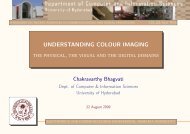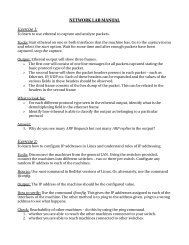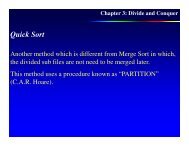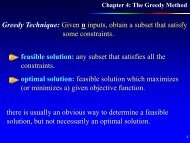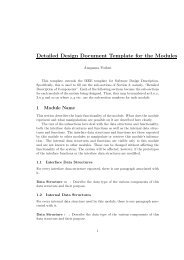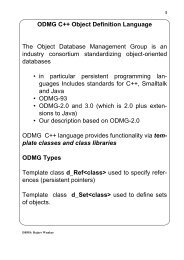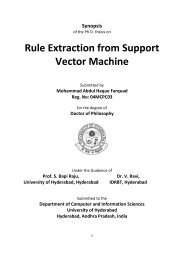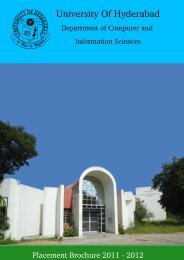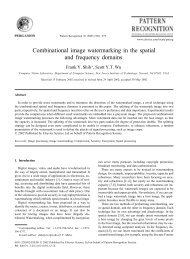NETWORK LAB MANUAL – PART 2 Exercise 1:
NETWORK LAB MANUAL – PART 2 Exercise 1:
NETWORK LAB MANUAL – PART 2 Exercise 1:
Create successful ePaper yourself
Turn your PDF publications into a flip-book with our unique Google optimized e-Paper software.
The above set of commands enables RIP on the router and starts advertising networks<br />
10.1.0.0 and 10.2.0.0 on the interfaces where they need to be advertised.<br />
Verify: Start capture of packets in ethereal and check that RIP packets are seen on the<br />
interfaces.<br />
To enable or disable splithorizon in RIP, do the following:<br />
Router(configrip)#splithorizon<br />
Router(configrip)#no splithorizon<br />
By default, splithorizon is enabled.<br />
<strong>Exercise</strong> 5:<br />
To verify that dynamic routing is happening and routes are learnt.<br />
How to: First, go to neat command in RedHat Linux deactivate all interfaces, save the<br />
configuration and exit. Ensure that there are no interfaces up and configured by typing<br />
ifconfig and checking that only the loopback interface is seen. After starting zebra and ripd<br />
daemons in that order and configuring their parameters, RIP packets should be exchanged<br />
between all routers and routes learnt dynamically. Verify this by using either route n or<br />
netstat rn commands. At the end of the learn cycle, all machines from all LANs should be<br />
reachable from one another.<br />
Verify: If splithorizon is disabled, check that temporary routing loops occur in certain<br />
topologies.



